The so-called one-way water and soil raises one person, and the geographical difference between the East and the West is bound to cause differences in Eastern and Western cultures. In daily life, the difference between the East and the West is not only reflected in the difference in life concepts and lifestyles, but even the furniture used in daily life has its own unique style. This is why furniture is divided into Nordic furniture, American furniture, Chinese furniture, and so on. In fact, the difference in furniture style is not only caused by cultural differences, but also because of the difference in production process. Traditionally, woodworking is divided into three categories: 1. Modern woodworkers are affected by technological innovations. Both Chinese and Western use modern tools. Although machines and equipment were first invented in the West, the use of machinery and equipment by modern Chinese woodworkers is also very common, so we will not talk about the use of machines here. 2, the factory general work, although this group of people is also known as "carpentry", but in fact, there is no ordinary workers with carpentry skills, they need to complete is the two set of operations on the assembly line, the general training Repeated woodwork that can be operated in hours. 3, decoration woodwork, this is the most widely contacted woodworkers of modern people, of course, there are differences between such woodworking at home and abroad, but the main tools used are air gun nails and hand-held chainsaws, so they are also excluded. The furniture we are going to share today is a traditional woodworking machine that can process wood from raw materials (or square wool that can be purchased in the wood market), which is basically independent of electric tools, and is also called plug-in woodworking. Traditional Chinese furniture is generally made of hardwood, and high-end furniture will use precious mahogany, such as Hainan huanghuali, red sandalwood, chicken wing wood, rosewood, etc., which are mainly made of some indigenous materials, such as eucalyptus, eucalyptus, eucalyptus, Elm and other traditional Western furniture, precious mahogany, teak, etc., commonly used wood such as red cherry, walnut, oak, maple and so on. Westerners do not use mahogany? In the past, some redwoods were used in the West, but in the United States and Europe, redwoods were not produced, so they were mainly imported from Africa or South America, but most of them were later defined by the International Forest Stewardship Council as non-environmental wood. The embargo is to protect the resources of endangered trees in tropical rain forests, and now almost no redwoods are seen in the United States. As the country with the largest consumption of mahogany in the world, the possession of mahogany furniture is still regarded as a symbol of wealth and status. The use of Chinese furniture will always have the appearance of mahogany. However, there have been good phenomena in recent years. Many independent designers have led the new trend of furniture design in China. They generally resist the concept of redwood consumption and advocate the use of more environmentally friendly and economical ordinary hardwoods. The value of furniture is reflected in the design, not the The value of the wood itself is precious. There are many types of woodworking tools, but they can be divided into several categories: planing, sawing, chiseling, knives, axes, measuring tools, fixtures, grinding tools, etc. Chinese-style tools: mainly various types of planes and chisels, the tools are relatively simple, and the number and type are relatively small. Western-style tools: I believe this is only part of their tools, various types of chisels, planes, saws, hammers, etc., I wish that every function needs a tool to complete (I think the difference between Chinese and Western woodworking tools and the difference between Chinese and Western chefs A bit similar, the taste of the technology and the dishes may not be the same, but the grades and types of the tools are far apart.) (The following is an example of a woodworking plane, a simple comparison of Chinese and Western tools) Chinese planing Western planing 1. Different materials: the plane of the Chinese tool, the plane is mainly made of wood, and the western type is mainly made of metal (also some wood). Reason: Chinese tools choose wooden planers, mainly because it is more convenient to take materials, process, make, trim, etc., and the old generation of woodworking work is generally walking north and south, carrying a sack tool, carrying a wood bench to each home Each household goes to make furniture, so the tools need to be light enough. 2, the adjustment performance is different: the adjustment of the output of the Chinese plane, it is necessary to rely on experience, can not operate accurately, so for beginners, the relative threshold is higher, while the Western-style plane, because of the addition of a screw device to adjust the blade in and out ( As shown in the yellow part on the right, the adjustment of the interaction for beginners is really good and easy to operate. However, there is a need to implement such a device, which requires more complicated components. As shown in the figure below, the western planer may have many parts. Although the Chinese-style plane has a poor interaction design, the program is simple, but it is difficult to use (a friend said that doing woodworking and writing programs is very similar). 3, different operating methods: Western-style planes generally use front and rear hands, the front hand control direction, the back hand force, the work table is required to be relatively high and flat, the Chinese plane is used to hold the planer with both hands, the index finger is pressed, relying on experience and strength to control the direction, generally The work surface is relatively low and has a certain slope. Chinese operation Western operation 1. The difference between Chinese and Western The Chinese style is more advanced, and the Western style is stronger in the technique of rotary wood carving and curved wood. Most of the ancient Chinese architecture is wooden frame, so the Chinese carpentry has a more sturdy connection technique. The western architecture is mainly stone. The carpentry is only responsible for the roof and furniture. The traditional carpentry tradition is relatively simple, but More technology is placed on the wood carving, curved wood technology and so on. The Chinese æ¦«å¯ structure is complex, but introverted and subtle, the connection form is generally hidden inside, and the end face of the wood is leaked as little as possible. Chinese woodworking - 粽角榫 The western structure is simple, but it can also reflect the beauty of a structure. Related reading: The exquisiteness of the structure of the text decryption Western-style woodworking bending wood technology, steam hot bending and laminate cold pressing and other curved wood technology laid the foundation for modern woodworking. 2, the use of hardware The feelings of Chinese woodwork on hardware are complicated, because the market is generally discriminating against the home with hardware, and it is felt that furniture is the best, and the furniture connected by hardware is relatively poor. In fact, this has a lot to do with the quality of the hardware itself. The domestic high-quality hardware is relatively small and the price is high. Of course, this is another topic, and it will not be detailed. Compared with Chinese woodworkers, Western-style woodworking also welcomes the use of hardware, including the use of nails for partial structural connections. 3, the use of glue and surface treatment Chinese woodwork does not use glue. This is a misunderstanding. Although the joint is very strong, but many places should use glue to strengthen the strength, it still needs to be used. Previous furniture used natural animal glue, but these glues are generally afraid of water and heat, and have strict requirements on the use environment, and the maintenance cost is also high. Since the introduction of chemical glue into the country, the use of glue has been divided into Chinese and Western. The surface treatment is to protect the wood, to make the wood dry and wet stable, and to increase the service life. The traditional Chinese woodworking practice is mainly based on raw lacquer and hot wax. The modern woodworking treatment method has not been divided into Chinese and Western, mainly wood wax oil, Varnish, lacquer and so on. 4, Chinese woodworking is more dependent on experience, Western woodworking is more dependent on tools Western-style woodwork full of tools, you can really do a tool with only one function, planing the saw straight as long as there are tools and accessories to help, even beginners can do a rough position; and Chinese woodworking tools are not Western-style, many tools Can complete a number of tasks, but the accumulation of time and experience, in order to master the use of these tools, to achieve more accurate planing straight. Many people who learn Chinese woodwork can't stand it down, and they are defeated by such a threshold. Without strong anti-frustration ability, it is very difficult to learn Chinese woodworking. To learn Western-style woodworking, you first need to be a tool party (this is very important, the tools must be good enough, good tools can make woodworking easier and more interesting), and secondly you need to master and maintain these tools, so you don’t have to burn money. Prepared, or carefully play Western-style woodwork, buy inferior and low-cost hand tools, and finally both lose both, the tools are thrown into the trash, and interest has been hit. A floating shelf is a form of shelf with its wall fixings hidden within the shelf board, with no visible supporting brackets. It can be supported on hidden rods or bars that have been attached to studs. A thick floating shelf may be made of a hollow-core shelf glued to a cleat. Wall Mounting Shelf,Wall Mount Corner Shelf,Wall Mounted Floating Shelf,Wall Mounted Shelf,Wall Mount Shelves Set,Floating Corner Shelves,Rustic Decorative Shelves,Wall Corner Shelves Jinan Tri-Tiger Technology Development Co., Ltd , https://www.tritigerwooden.com Difference 1: Wood materials and materials habits
Difference 2: Tools
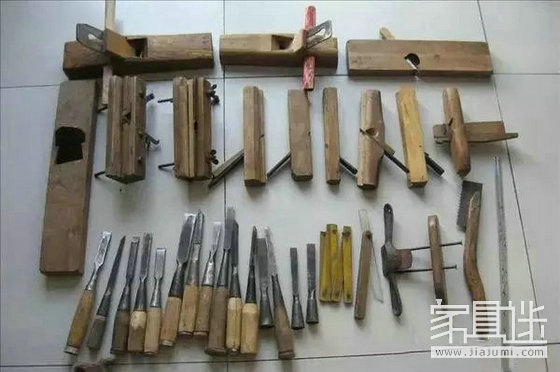
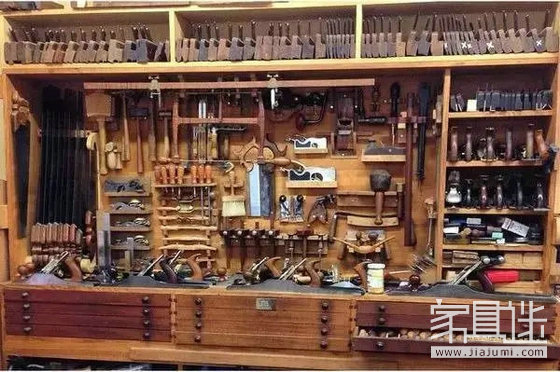
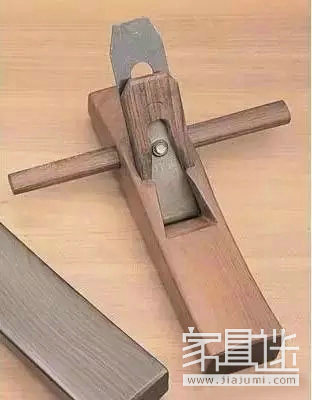
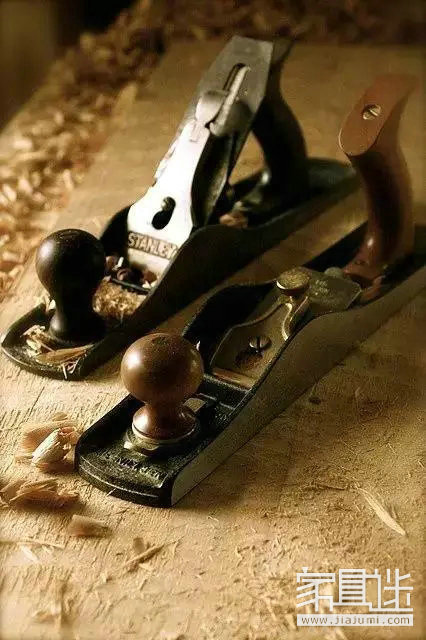
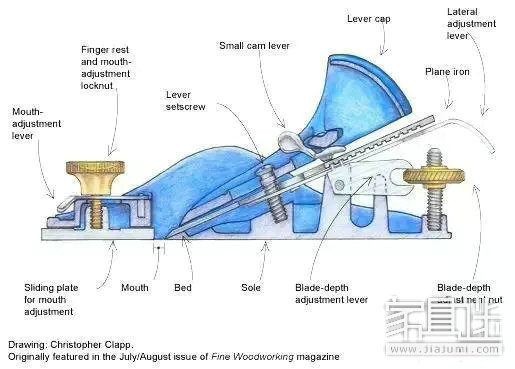
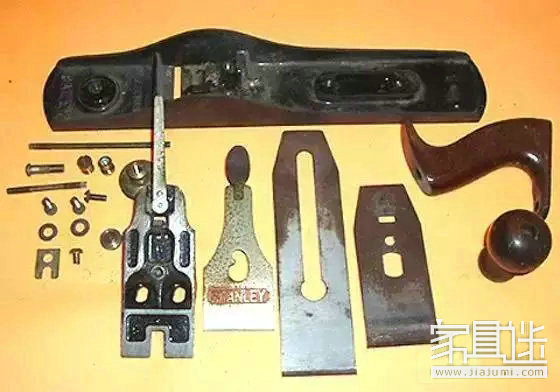
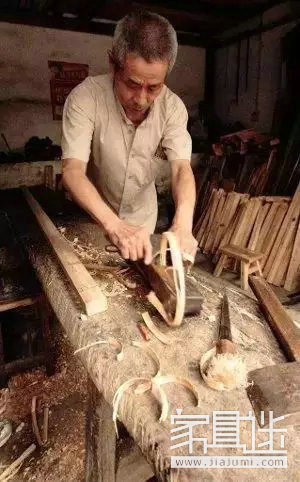
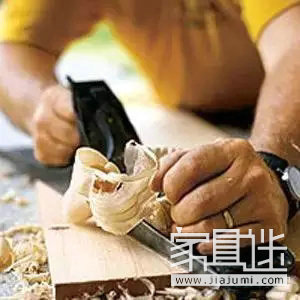
Difference 3: Techniques
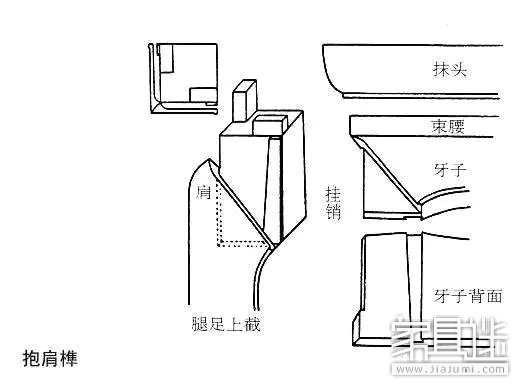
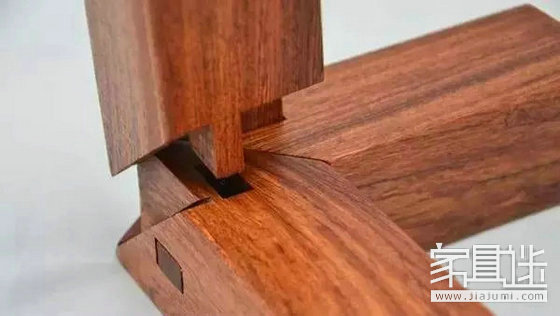
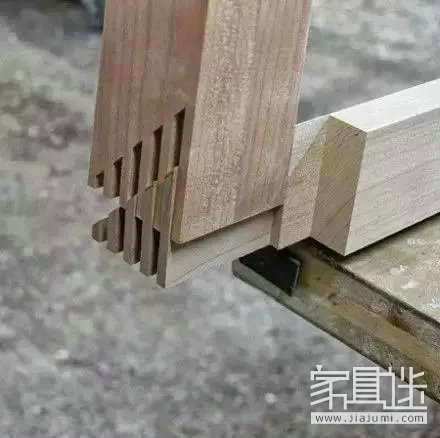
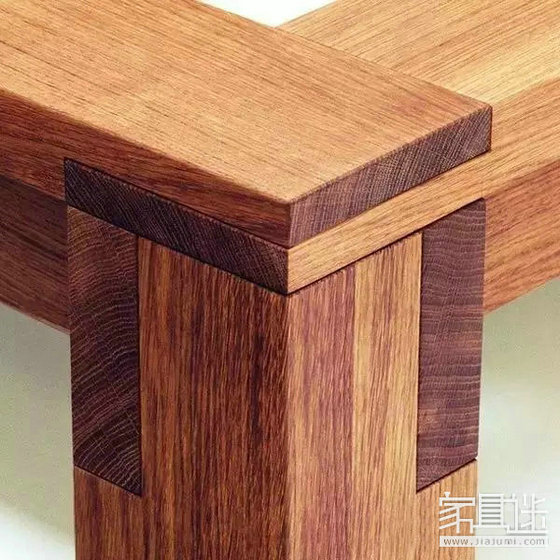
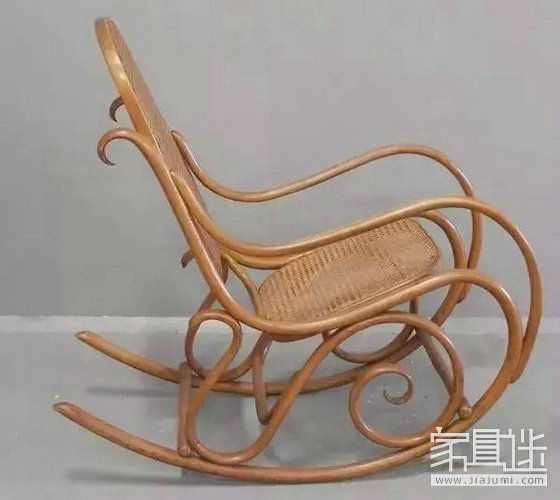
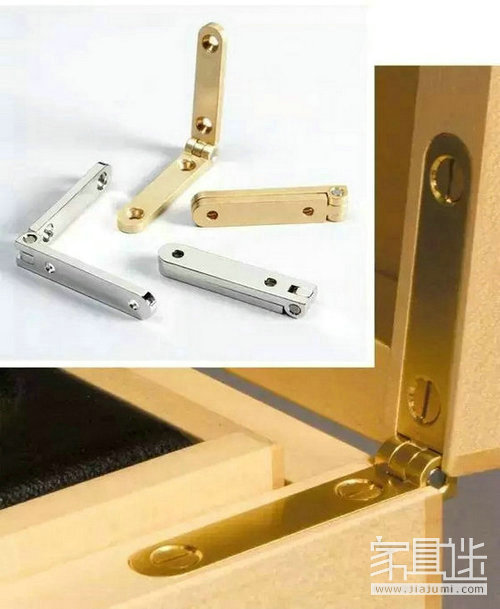
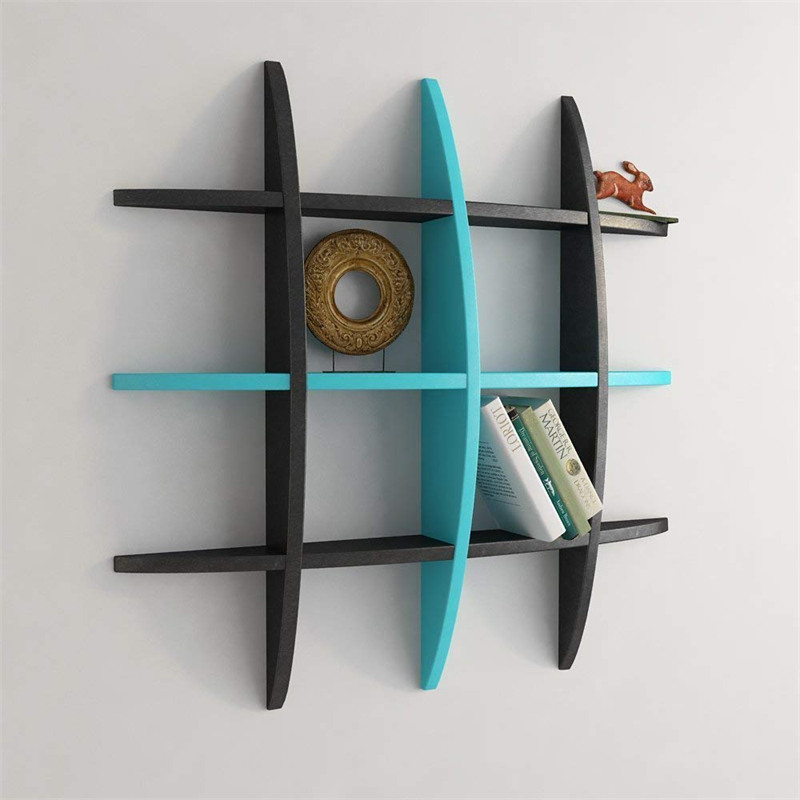
A floating shelf may have two or more channels open from the back towards, but without reaching, the front, into which slide fasteners attached to the wall, typically held in place by screws inserted through the bottom of the shelf.
For typical floating shelf supports, a supplier suggests that floating brackets with a diameter of 12mm can support a shelf at least 22mm thick loaded with 20kg, and 18mm brackets can support 30kg on a 28mm shelf.
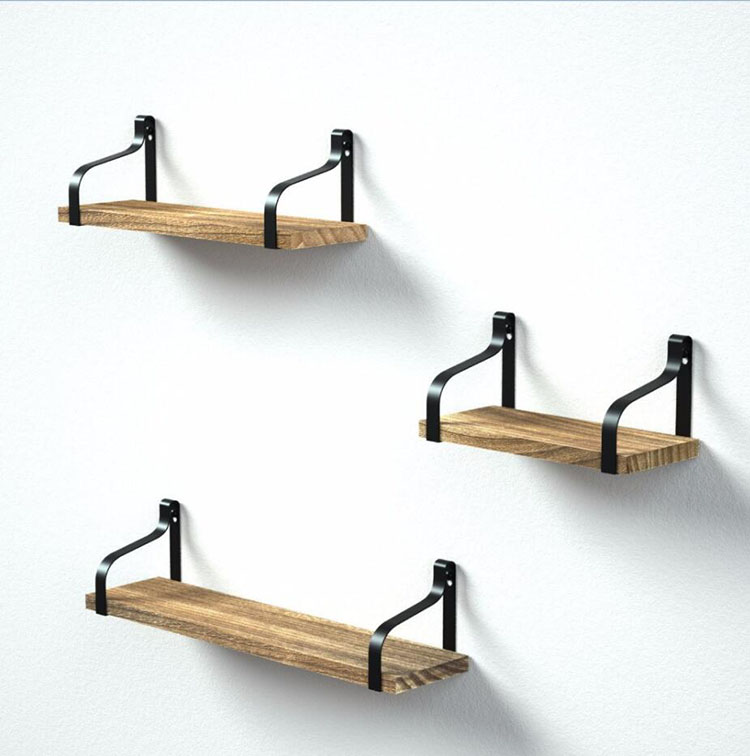
This description is in reference to one particular type of floating shelf support, others options are available. Also not to be confused with corner shelves, which would require entirely different supports to make them "float".
Floating shelves are a good fit for a contemporary minimalist style interior.They can be used to expand storage space, atop a radiator to double as storage, or inside a hallway to double as a console table.
Secret: the difference between East and West furniture manufacturing process